Your Women’s Rugby World Cup 2025 city guide
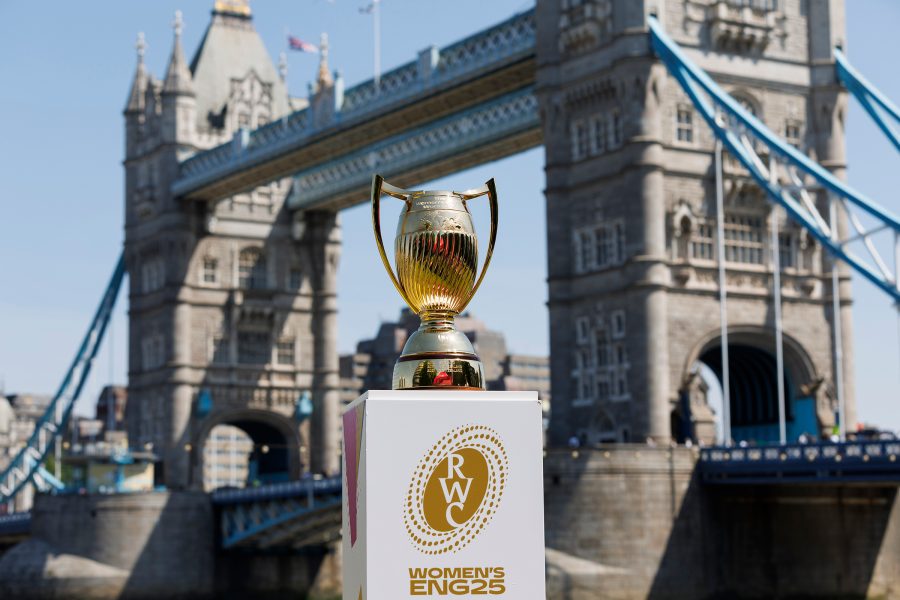
The Women’s Rugby World Cup is set to make history in England from 22 August to 27 September, with its biggest tournament yet. 16 teams, including reigning champions New Zealand, will compete in 32 thrilling matches, drawing record-breaking crowds and a global TV audience. As England welcomes the world’s top women’s rugby talent – including stars such as US powerhouse Ilona Maher – there’s just as much to discover beyond the stadiums. From renowned landmarks to local gems, each host city offers a unique experience for fans and travellers alike. Already ticked off London? Here’s your guide to where to go, what to see and how to make the most of this unforgettable sporting journey if you’re visiting one of the 7 other cities.
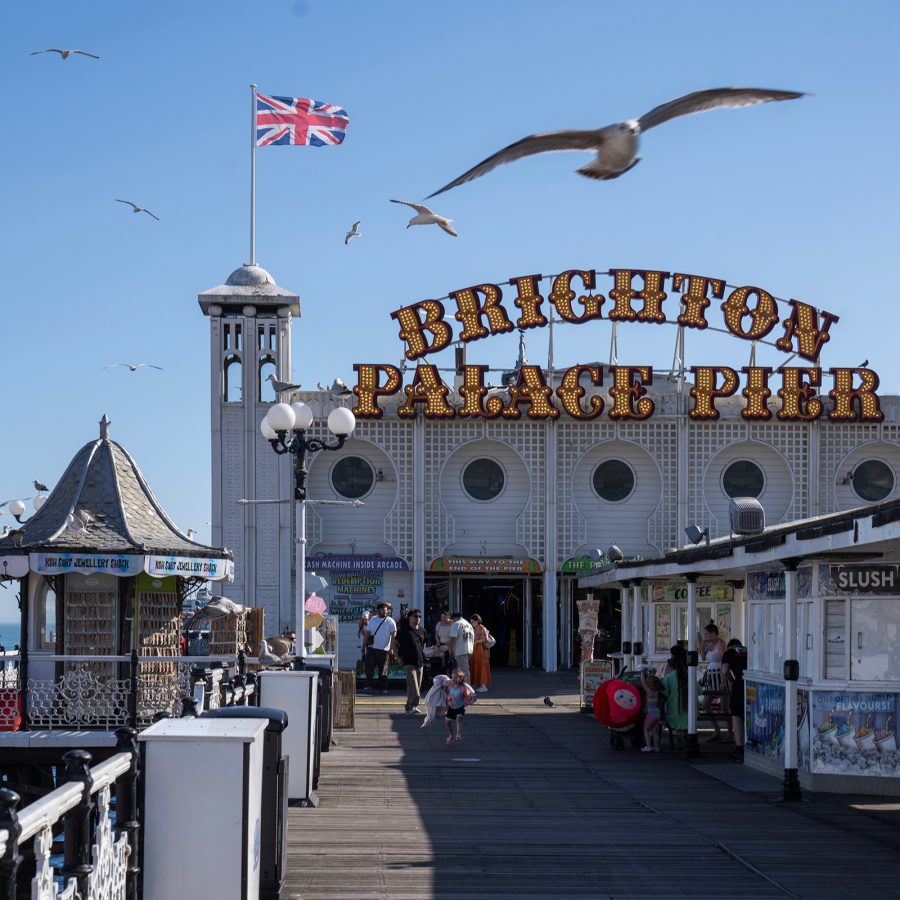
Credit: Kokkai Ng/Getty Images
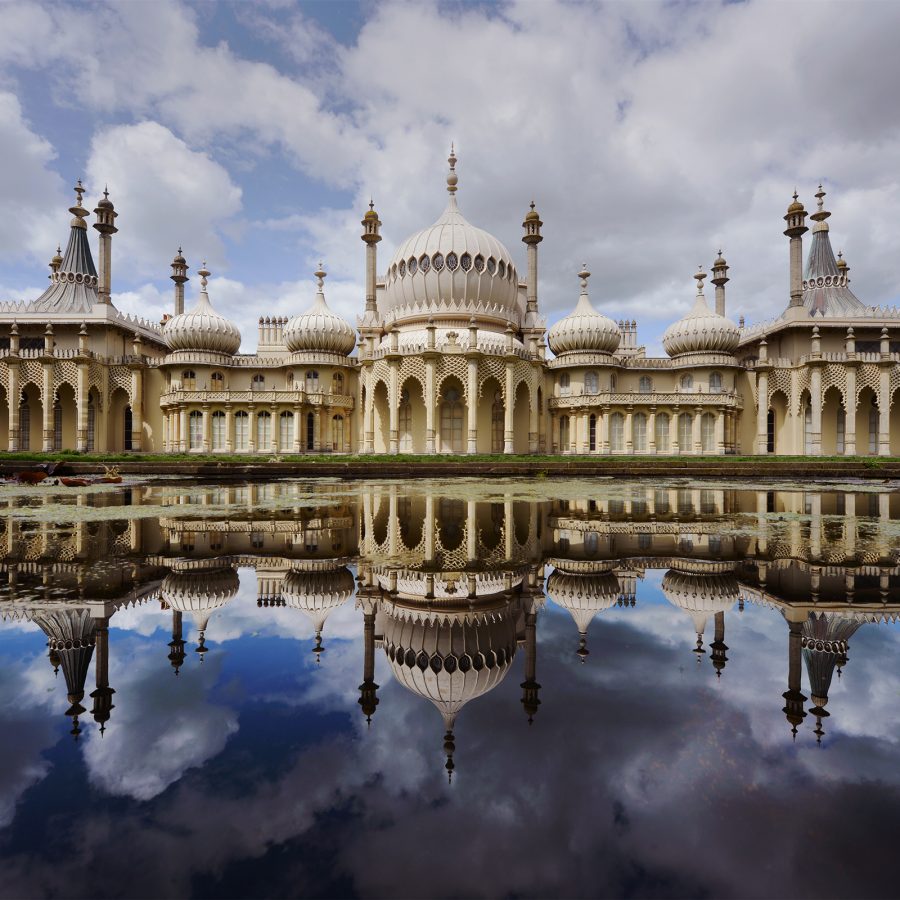
Credit: oversnap/Getty Images
1. Brighton and Hove
The south coast seaside resort offers sun, sea and a stony rather than sandy shoreline, but the iconic Brighton Beach is not to be missed, nor is Brighton Pier. The Royal Pavilion & Garden is a Georgian-era seaside retreat-turned-museum in the town centre, while a stay at the seafront Grand Brighton gives a glimpse of Victorian grandeur.
Shoppers will love wandering around the arty North Laine district, while the city’s welcoming nightlife has something for everyone. Brighton’s LGBT+ history can be further explored on walking tours. Hungry? Eat some of the best fish and chips in England at Rybka or enjoy local Sussex fare at The Ginger Pig .

Credit: Geography Photos/Getty Images
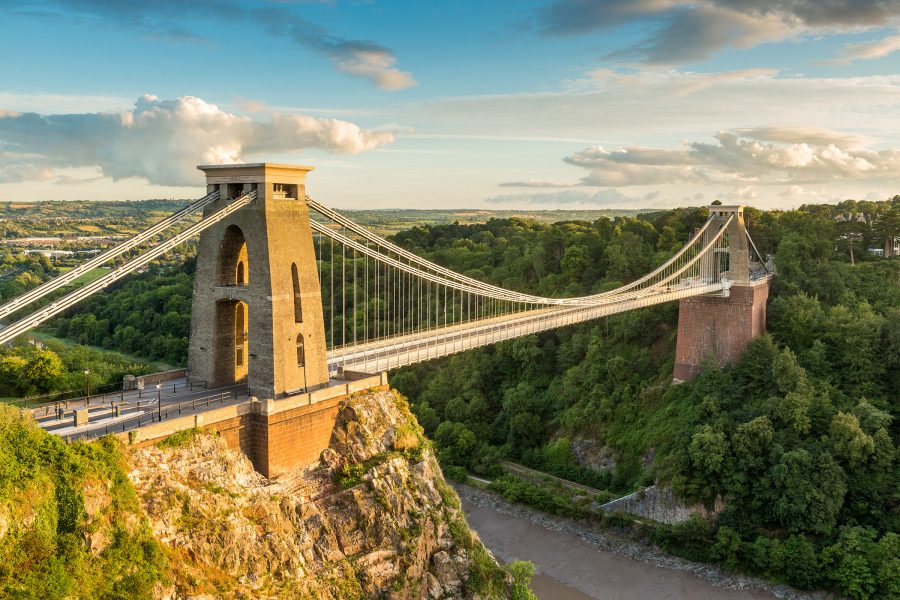
Credit: ChrisHepburn/Getty Images
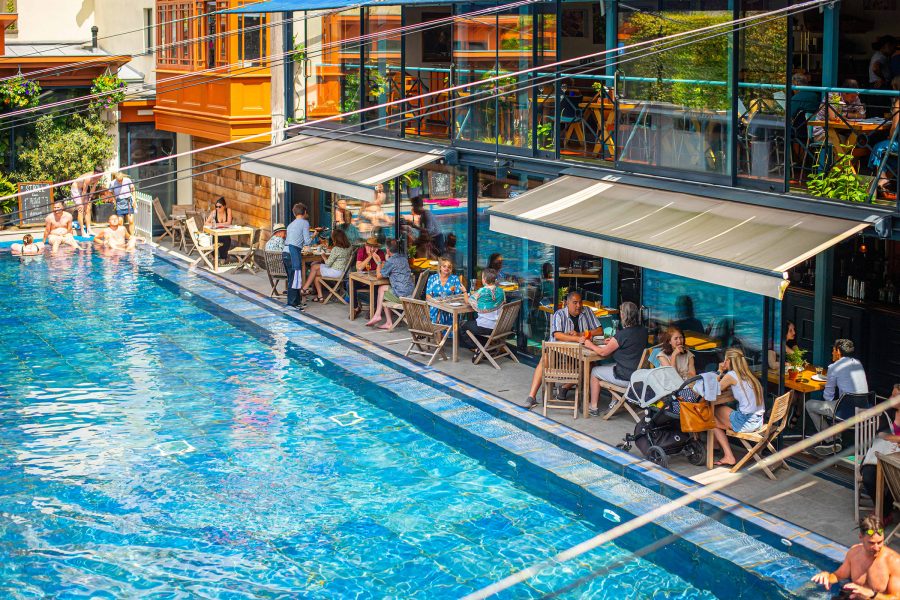
Credit: The Lido
2. Bristol
The city’s most famous sons still shape its identity. Isambard Kingdom Brunel’s Clifton Suspension Bridge – designed in 1831 – remains a marvel of engineering. Meanwhile, Banksy’s street art legacy lives on through the Where The Wall Tour and the Upfest Gallery, which showcases local talent. That independent spirit runs through Gloucester Road, Wapping Wharf and St Nicholas Market, each packed with indie shops and street food. For something different, Wake The Tiger – the UK’s first “amazement park” – offers an immersive art-meets-adventure experience. Dine at The Lido , beside a restored open-air pool, or at Wilson’s , a quirky farm-to-table bistro with a Michelin Green Star.
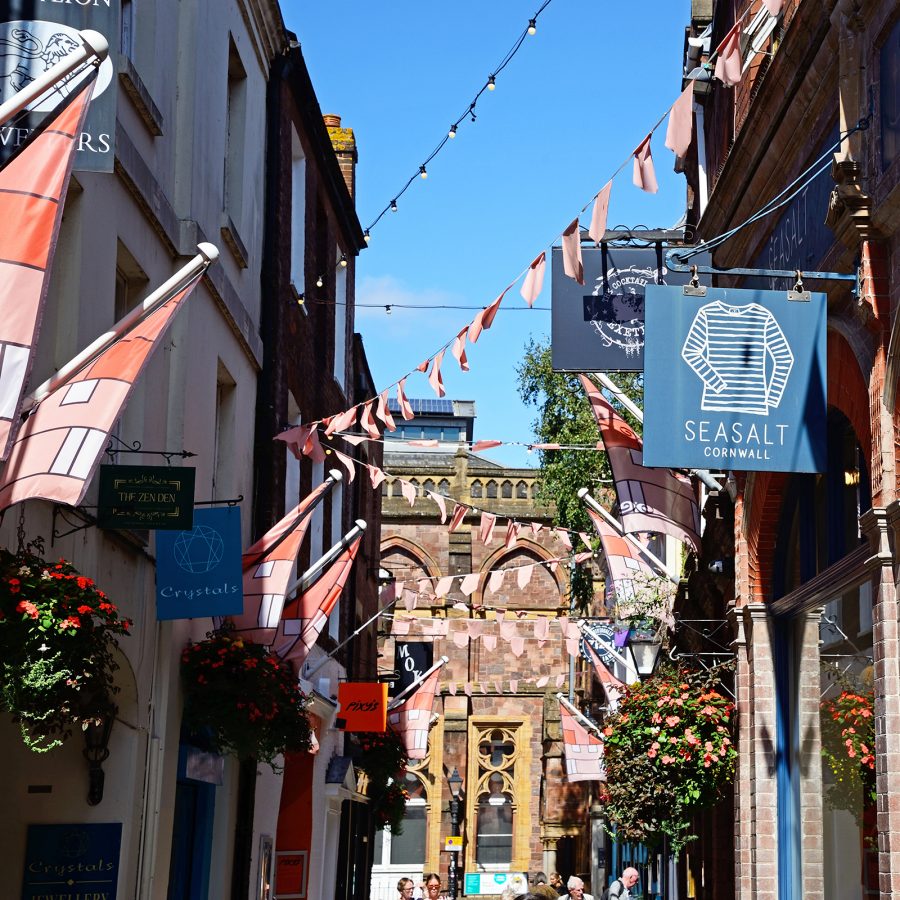
Credit: CaronB/Getty Images
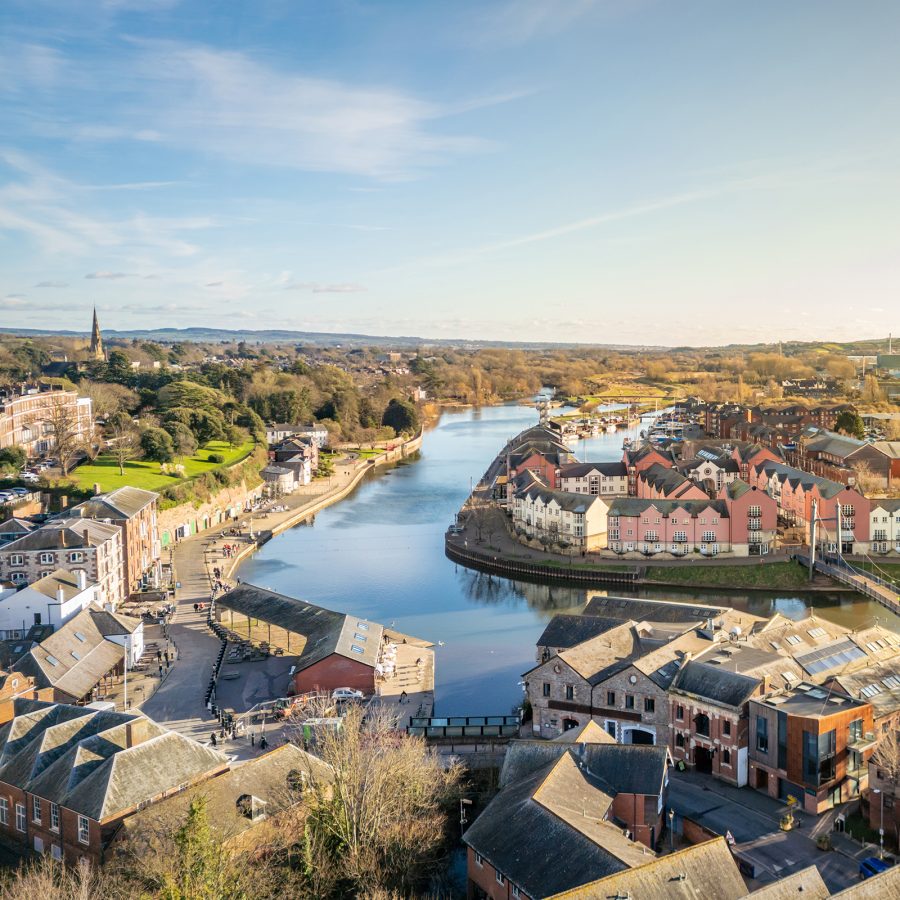
Credit: Thomas Faull/Getty Images
3. Exeter
The most remote of the host cities, Exeter feels like a step back in time – or into another world. That’s quite literal at the Underground Passages, a network of narrow medieval tunnels beneath the city, unique in the UK and open to the public through guided tours. Above ground, Gandy Street enchants with its cobbled charm and colourful shopfronts – it’s rumoured to have inspired Diagon Alley in Harry Potter. And for a journey across centuries, the Royal Albert Memorial Museum is a must. Exeter’s southwest location, surrounded by lush countryside, means the food scene is rich with farm-fresh flavour. At Stage , you’ll find a creative tasting menu built around foraged and seasonal British ingredients. For something more traditional, The Fat Pig serves hearty, locally sourced sustenance in a cosy, low-waste pub setting.
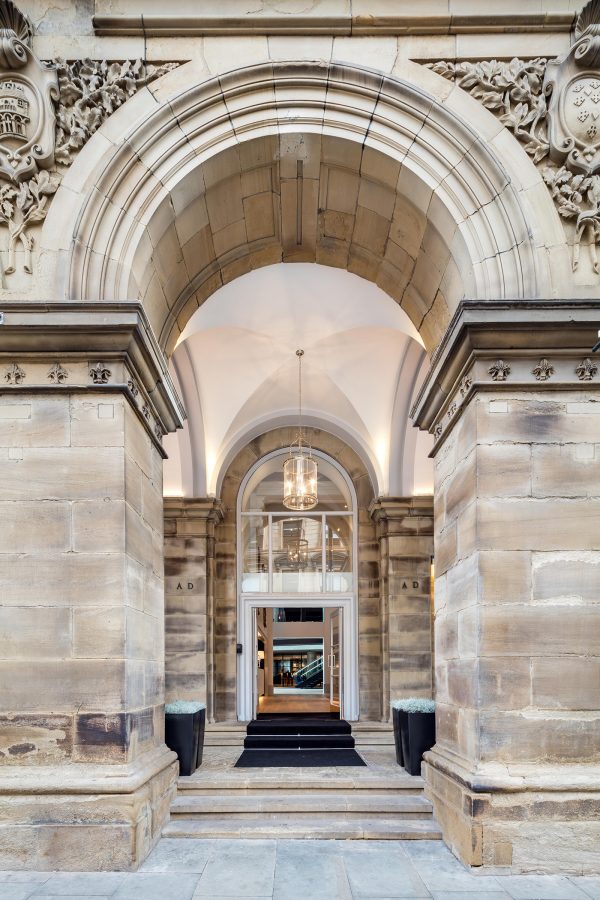
Credit: The Edwardian Manchester
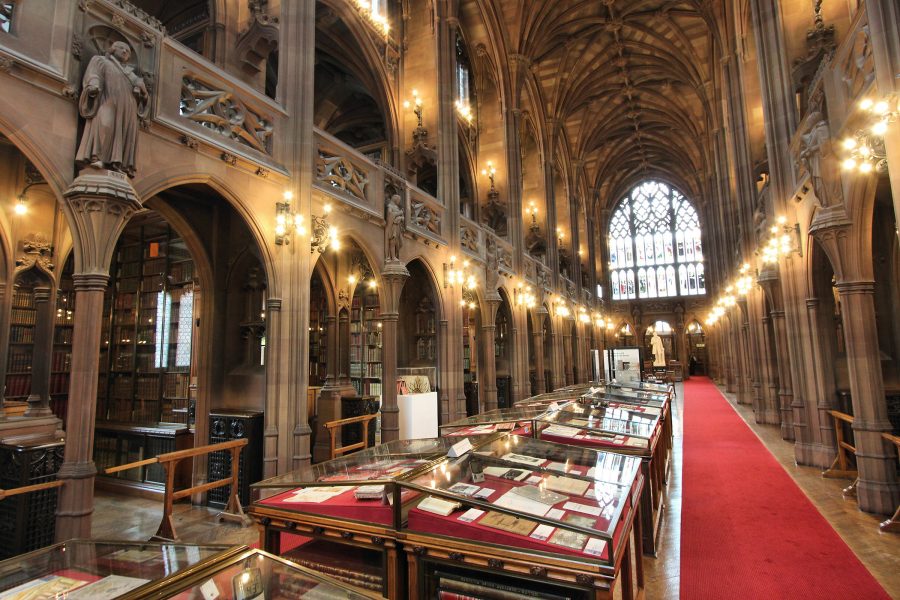
Credit: tupungato/Getty Images
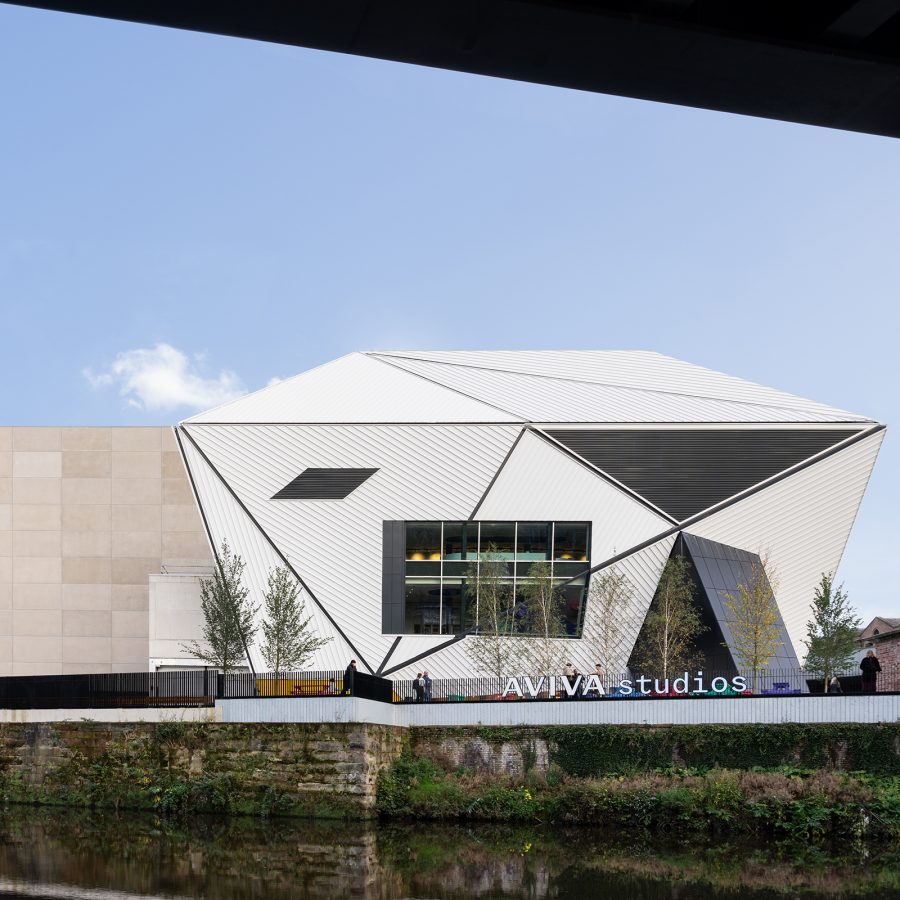
Credit: Marco Cappelletti
4. Manchester
The rugby matches may technically be taking place in neighbouring Salford, but it’s hard to look past Manchester. The city is rich in culture, with a wealth of museums and galleries, but two standouts capture its spirit best: the John Rylands Library and the bold, contemporary Factory International , a new cultural landmark for performance and art. History is everywhere – from the red-brick factories of Ancoats, home to buzzy British restaurants such as Skof by chef Tom Barnes, to Kargo MKT in the redeveloped Salford Quays, where you’ll find everything from Peruvian ceviche to Palestinian street food. When it’s time to rest, check into The Edwardian Manchester , where Bob Dylan was famously heckled as “Judas” and the Sex Pistols helped ignite the city’s legendary music scene.
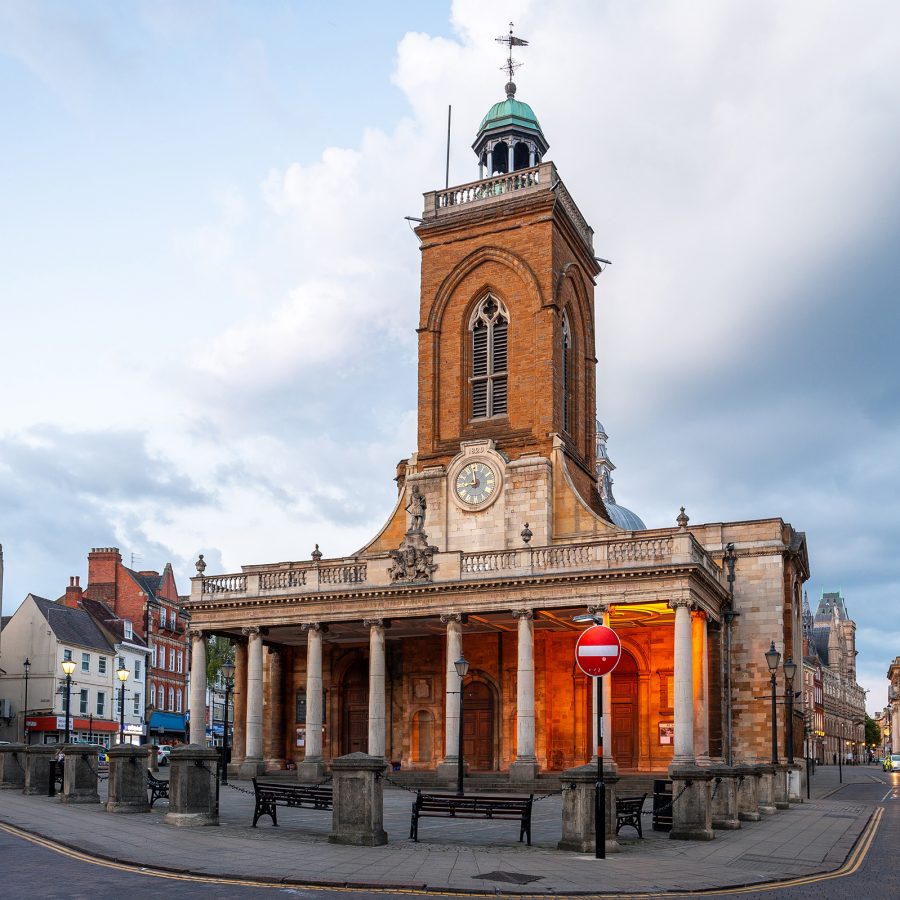
Credit: joe daniel price/Getty Images
5. Northampton
Located between London and Birmingham, the slightly misleadingly named Northampton makes up for any geographical confusion with its quiet charm. The much more aptly titled Northampton Museum and Art Gallery offers a deep dive into the city’s rich shoemaking heritage, while nearby Delapré Park and Castle Ashby Gardens look straight out of a period-drama with their stately grounds and historic elegance. For a stay that blends heritage with wellbeing, The Falcon at Castle Ashby – a former stately home turned wellness retreat – offers a serene escape. Meanwhile, motorsport fans should head to the Silverstone Museum, a celebration of British racing history just a short drive away. And for aviation enthusiasts, Sywell Aerodrome is a hidden gem, where you can grab a bite at The Aviator or even book a room with runway views.
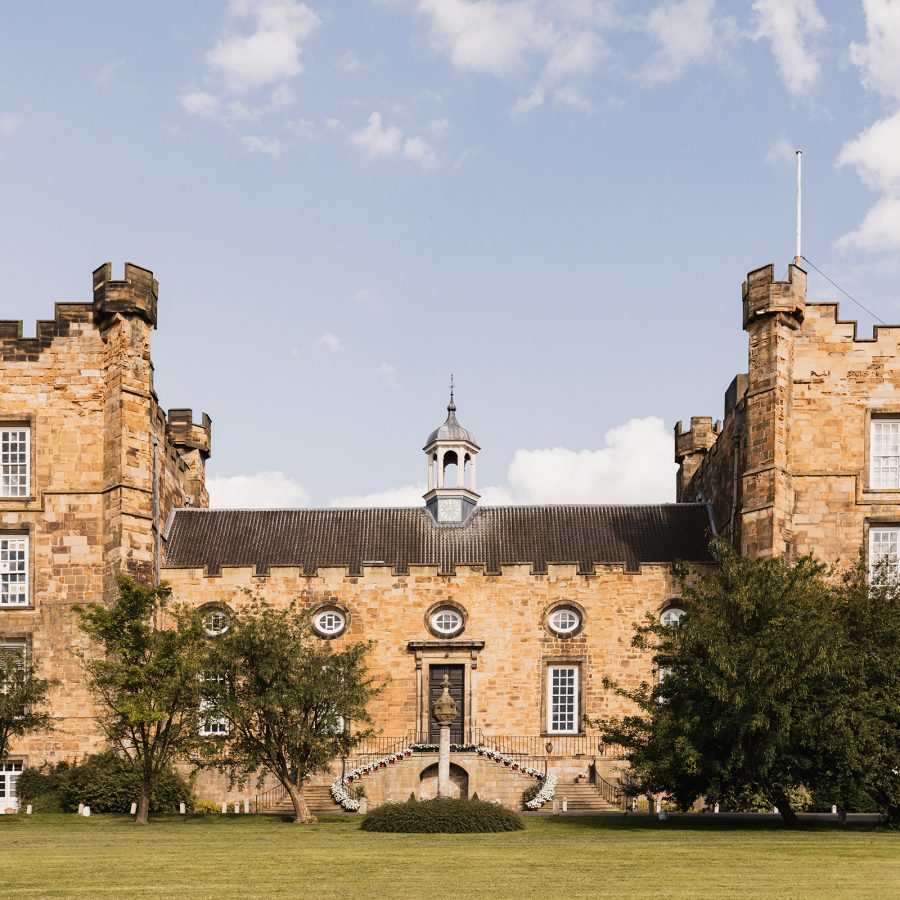
Credit: Lumley Castle
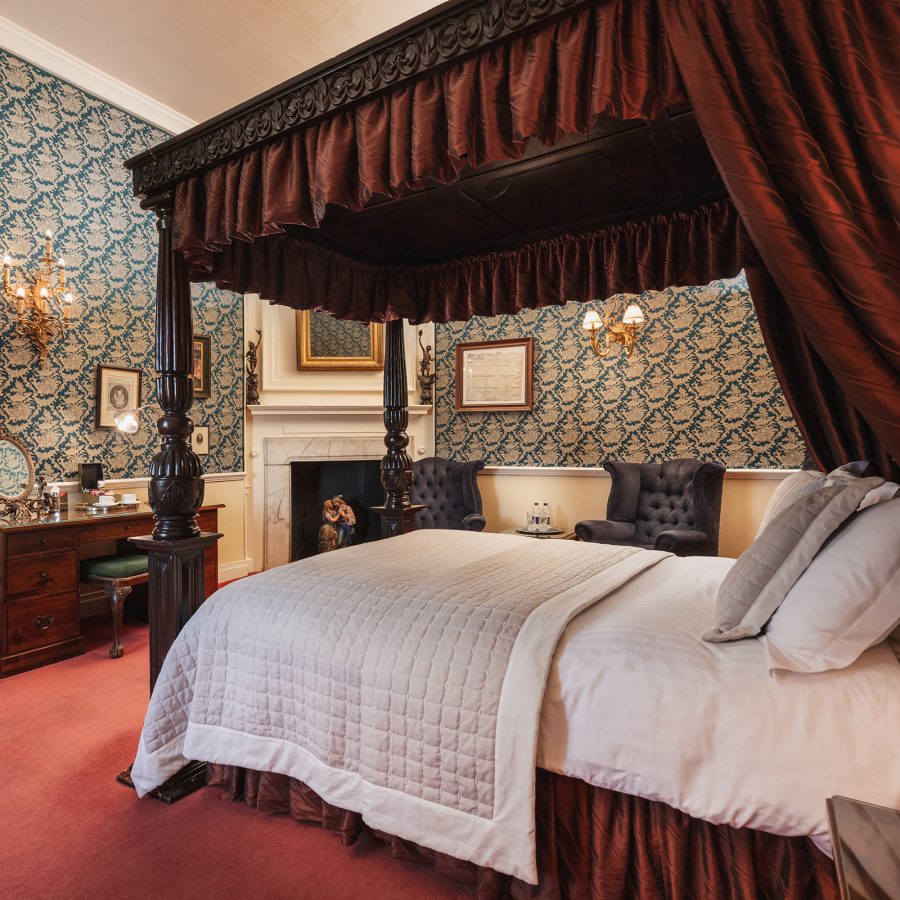
Credit: Lumley Castle
6. Sunderland
A city built on a proud industrial past, Sunderland has plenty to offer curious visitors. The National Glass Centre provides a fascinating look into the city’s manufacturing legacy, while Keel Square celebrates its shipbuilding heritage with striking public art. At the Sunderland Museum & Winter Gardens , uncover quirky local treasures – including the first Nissan car built in the city. In recent years, Sunderland’s food and drink scene has flourished; head to Stack Seaburn for street food, live music and a buzzing social vibe by the sea. For a memorable stay, choose between the historic Lumley Castle – a real castle overlooking the River Wear – or the modern Seaburn Inn, which offers stunning views of the North Sea.
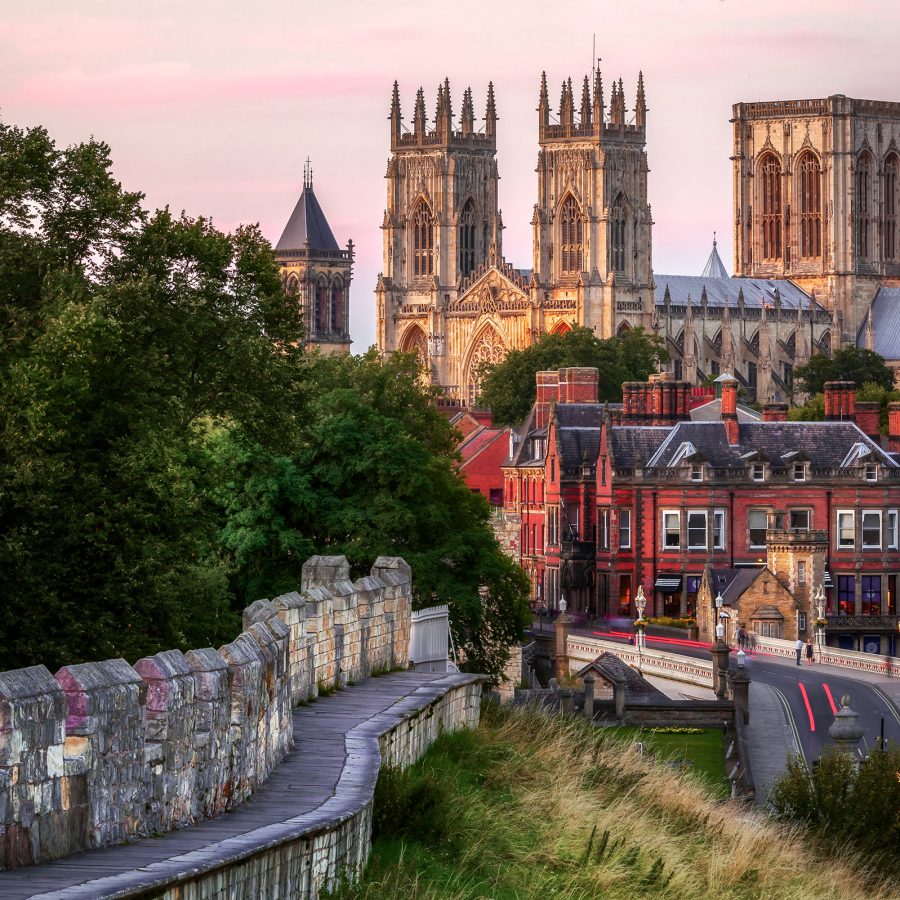
Credit: joe daniel price/Getty Images
7. York
Step back in time at the Jorvik Viking Centre and York Castle Museum – two immersive experiences that transport you through centuries of history, complete with the sights, sounds, and even smells of bygone eras. Afterwards, a walk along the City Walls and down The Shambles is a genuine breath of fresh air – matched only by the charm of York Minster and its peaceful surrounding gardens. For a culinary treat, Roots – a Michelin-starred restaurant housed in a 19th-century pub – serves seasonal dishes with flair. Or indulge in afternoon tea at The Grand, York’s only five-star hotel and the perfect place to unwind after a day of exploring. For an even deeper dive into history, consider staying at Grays Court , a boutique hotel dating back to 1080.
More inspiration
- China – the Chinese Mainland, Hong Kong SAR, Macao SAR and Taiwan Region
- Hong Kong SAR - English
- Chinese Mainland (China) - English
- Taiwan, China - English
- 香港特別行政區 - 繁體中文
- 中国內地 - 简体中文
- 中國台灣 - 繁體中文
- Africa
- South Africa - English
- Asia
- Bangladesh - English
- Korea - English
- Singapore - English
- Cambodia - English
- 한국 - 한국어
- Sri Lanka - English
- India - English
- Malaysia - English
- Thailand - English
- Indonesia - English
- Maldives - English
- ประเทศไทย - ภาษาไทย
- Indonesia - Bahasa Indonesia
- Myanmar - English
- Vietnam - English
- Japan - English
- Nepal - English
- Việt Nam - tiếng Việt
- 日本 - 日本語
- Philippines - English
- Australasia
- Australia - English
- New Zealand - English